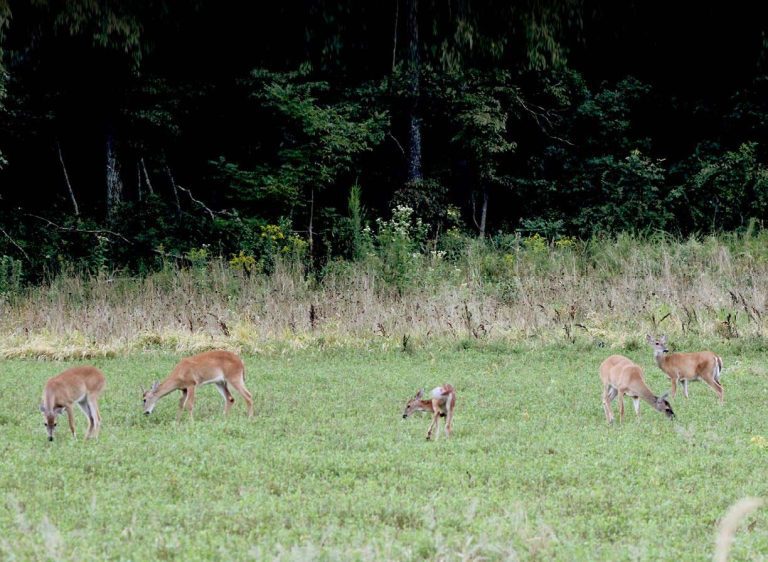Photos: Heath Wood
After hanging multiple game camera sets on a muggy, mid-July evening, my thoughts drifted to the upcoming fall hunting season, when the temperatures would be cool enough to see my breath drifting in the cool autumn air.
Even though my excitement for the upcoming season gave me the courage to fight the summer heat, my real reason for being anxious to begin scouting bucks was the mainframe eight-pointer I’d been watching with cameras for the past two years.
I estimated that the buck would be four-and-a-half years old, and I had high hopes that he would explode into the Number One shooter on the property. After two weeks of deer beginning to come to supplemental feed and minerals, the buck I had been waiting on returned. Unfortunately, I was disappointed at the size of his antlers. Once I received multiple pictures of the still-mainframe eight-pointer, I went back to the previous year. I cropped a picture of him from then and compared it to the latest photo. I was amazed and disappointed at how he looked the same as he had the previous two years.
I used different feeding sites to get pictures of two to three bachelor groups of bucks throughout the summer. Oddly, many of the bucks seemed not to have put on any antler growth from the previous year. After researching and visiting with a few hunters who manage Whitetails, I concluded that we have too many does in the area. This can affect the growth of a buck’s antlers. I know you are probably thinking the same thing I did when I first heard this assumption—how can having too many does in an area affect antler growth?
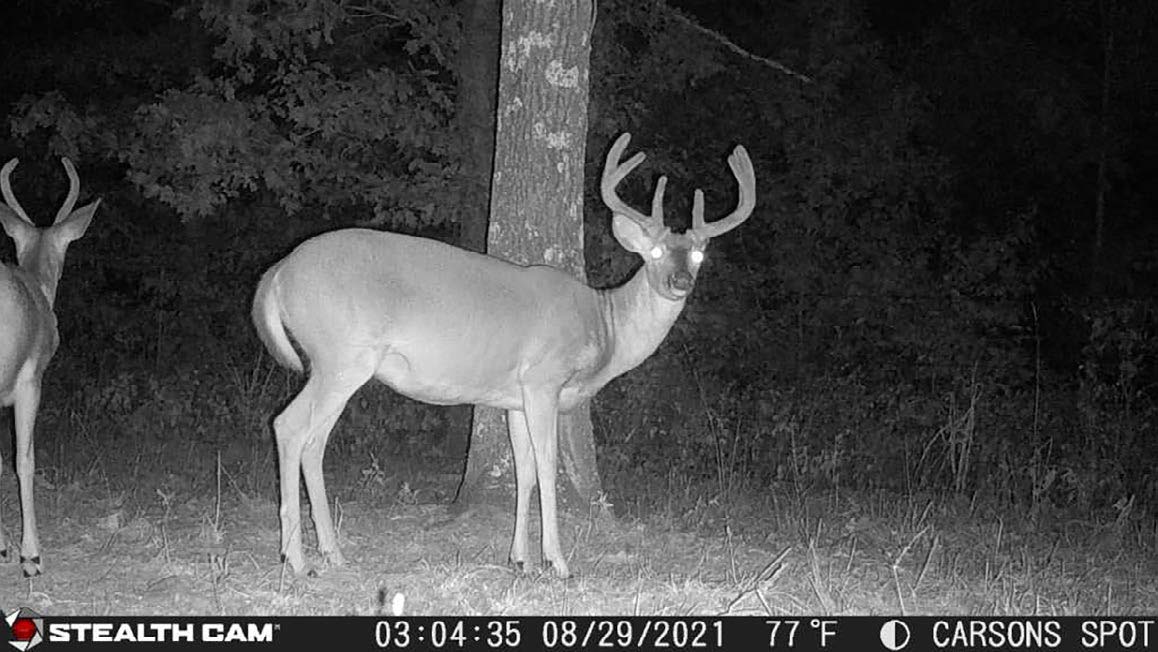
One of the first things I’ve learned when trying to manage bucks near my home in southern Missouri is that growing 180-inch-plus bucks will not happen regularly. For example, the farm I hunt is comprised of approximately 75% hardwoods. The other 25% is cow pastures and three to four small food plots. They are in locations that, hopefully, the landowners’ cattle will not find. There are no big bean fields or standing corn. Most Whitetails’ diets stems from acorns and native browse. It doesn’t take a brilliant biologist to know that a diet like that doesn’t grow huge antlers.
Even with the knowledge that growing large mature bucks requires better quality food, mature bucks can still be grown. Antler growth and the quality of mature bucks depends on a deer’s access to quality nutrition and its age and genetics. Very few bucks have been harvested on the land I hunt and the surrounding neighbors’ lands because everyone is trying to manage their land for better hunting opportunities.
When visiting with hunters in the same area who have had past success, it is obvious that the genetics were there. So, what happened?
Unfortunately, it seems that the answer is mainly insufficient nutrition brought on by the inability to support the size of the Whitetail herd. The local herd has drastically increased in the past 10 years due to stingy hunters, all of whom want to harvest a mature buck.
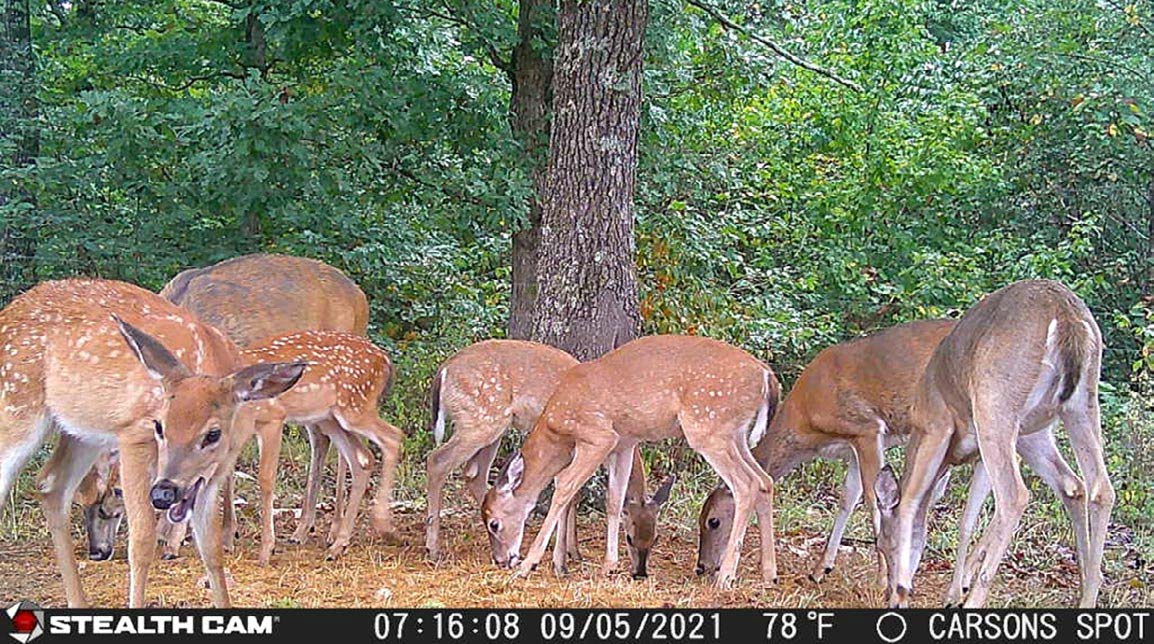
Cons of Too Many Does
When the primary source of deer nutrition comes from oak trees dropping their acorns once a year, it is easy to see how having a large deer herd can deplete the food supply. It is common to have eight to 10 does in one picture when conducting supplemental feeding throughout the summer. In fact, that is one of the first indications that there are several does, and that they are hungry.
In Missouri, supplemental feeding is prohibited throughout the hunting season. This means that when acorns fall in late September and October, that’s the only source of food deer have, except for the few food plots that I and a few of my neighbors make.
When deer compete for food throughout the fall and winter, it’s noticeable that bucks are not getting the extra nutrition they need to increase antler growth each year. Less nutrition equals less-than-average antler growth. So does being malnourished when the time comes to raise fawns.
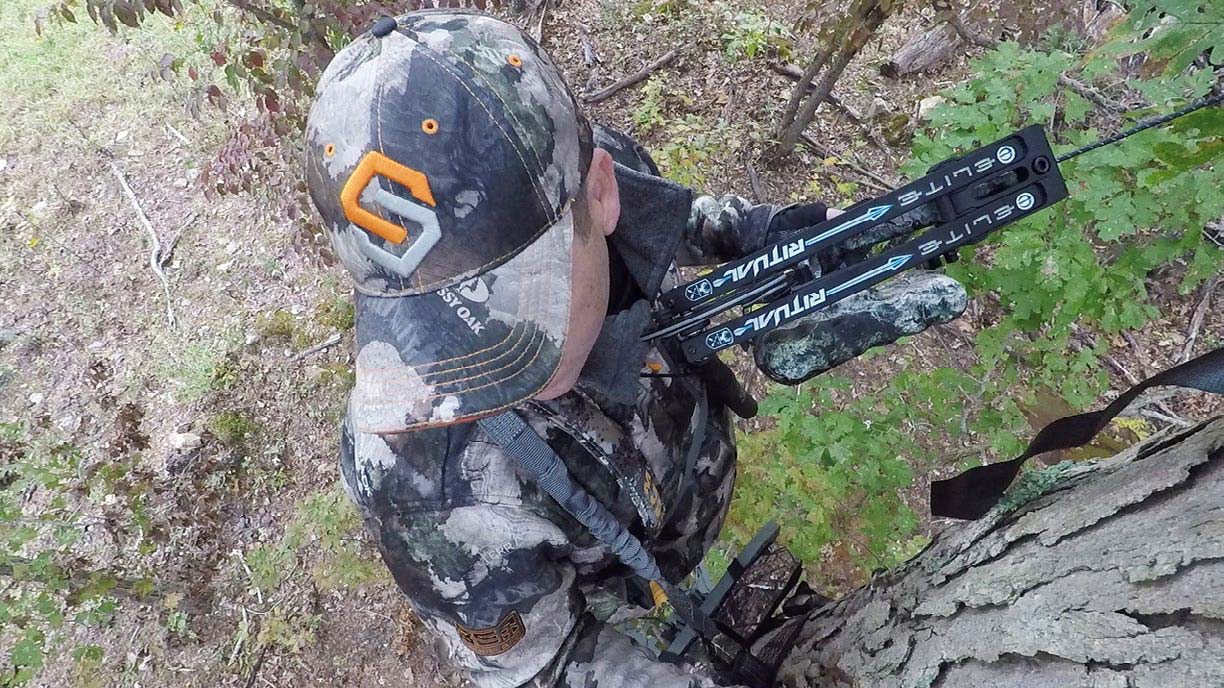
Another factor in having too many does on one property can affect a buck’s overall health during the rut. When bucks spend much of their time pursuing does who are in heat, they often do not eat, sleep or drink to meet their daily requirements. The energy they spend on the approximately month-long endeavor depletes a buck’s health.
In most cases, after the rut ends, bucks will bed for several days to let their bodies recuperate. Once some strength has returned, they go on a feeding frenzy to help boost their bodies back to health. The time when bucks try to regain their health is one of the most critical times for antler growth for the upcoming year. The faster they receive energy and the minerals they have lost, the better their antler growth will be the following year.
When the buck-to-doe ratio is off because of the situation that there are too many does, a buck works even harder to breed as many does as possible during the rut. Though one may think this would not be a problem for the buck, it can be very harmful to their health. They can lose a drastic amount of body strength and overall health that is almost impossible for them to regain when food has already been annihilated.
Social stress is another critical factor that can harm a buck’s yearly antler growth. Stress can come from ticks, disease and malnourishment. Added stress is much more harmful when too many deer compete with one another because of a lack of nutrition.

Balance Your Herd, Supplement
In my home state of Missouri, the Department of Conservation has increased the number of antlerless deer that can be harvested yearly by a significant amount. For archery hunters, one may purchase and fill any number of antlerless permits in 110 of the 114 counties in the entire state.
In the firearms portion, multiple bonus permits are available in many counties that can only be used on antlerless deer. To ensure hunters have a better opportunity to use those permits, the MDC has added antlerless-only seasons and extended the length of the primary firearms season. That indicates that the state recognizes the need for more does to be harvested.
Depending on their own state’s laws, hunters should take advantage of the extra opportunities to harvest more does when the buck-to-doe ratio is off balance in their hunting area. When ratios are better balanced, the more a buck must get on his feet during the rut to search to find does to breed.
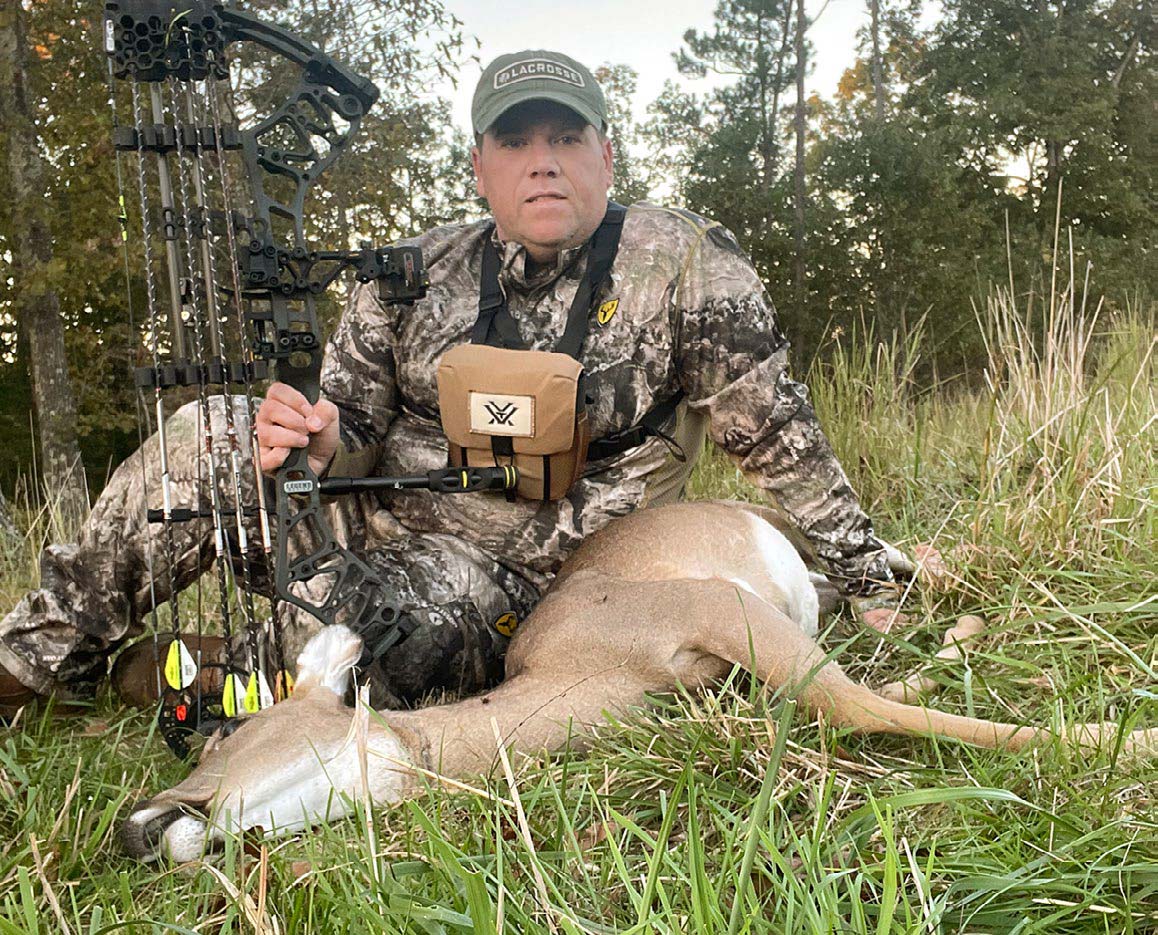
When a buck has a large amount of does in the area where he spends most of the year, he does not have to travel far to find them. This takes away from the excitement hunters typically feel during the rut from the adrenaline rush of knowing that a buck that has never been seen before may show up at any time.
One of the largest misconceptions among hunters is the idea that having more deer will help increase their chances. Unfortunately, this is not true. Having more deer is only a good thing when there is adequate land with the proper food and nutrition to support the herd. When the right amount of nutrition is supplied, there will be a better quality of bucks. Then, hunters must ensure that the buck-to-doe ratio is balanced. That element can produce exciting hunts with the best chance to harvest the mature buck of their dreams.
Per our affiliate disclosure, we may earn revenue from the products available on this page. To learn more about how we test gear, click here.



